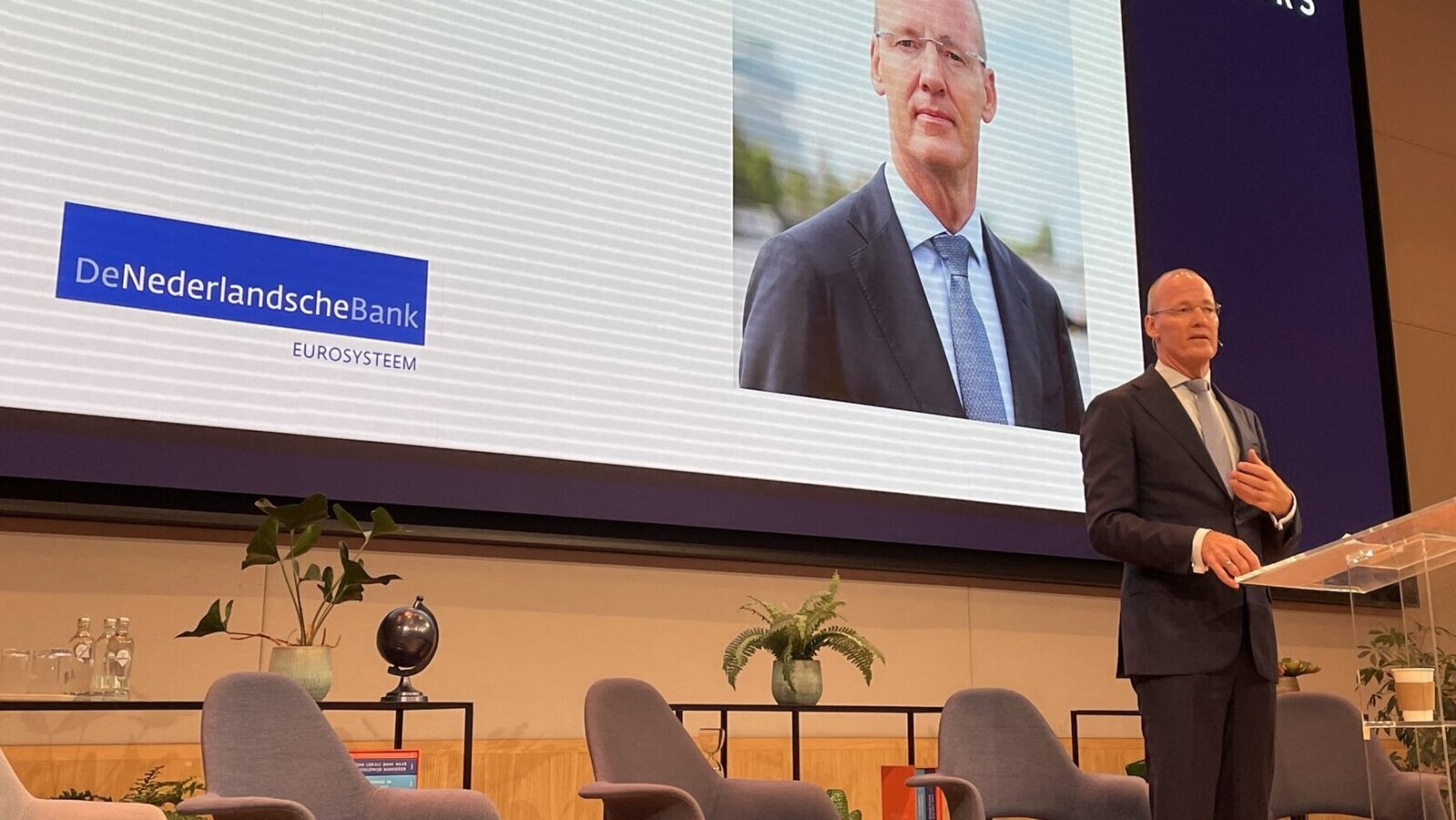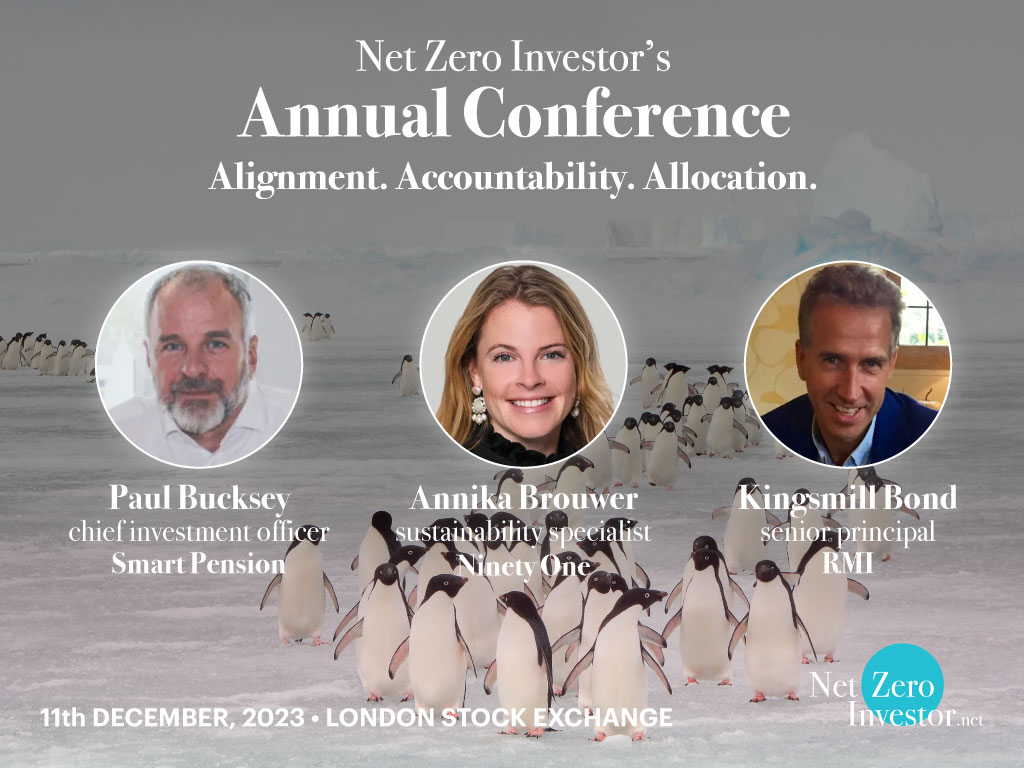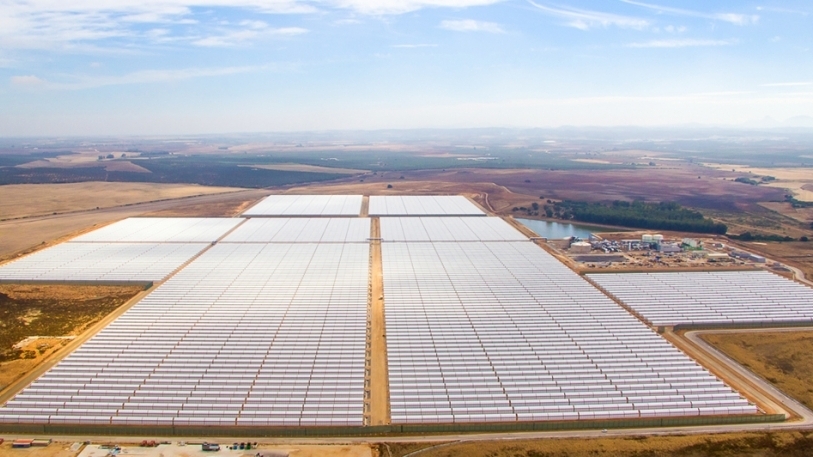
Holland’s DNB makes green push by aligning own reserves with Paris goals
In a what is hailed as a major green push by a central banking institution, the Dutch Central Bank, or De Nederlandsche Bank (DNB), has unveiled plans to align billions of its reserves with the goals of the Paris Climate Agreement.
The DNB confirmed that for a large chunk of the €9 billion of its own reserves it actively invests it will no longer solely look at returns, but “making a positive impact” will become equally important.
“To positively contribute to the transition to a carbon-neutral economy, DNB is bringing its investments in equities and corporate bonds in line with the Paris Climate Agreement,” a spokeswoman for the Amsterdam-based financial institution told Net Zero Investor.
“This means that the carbon footprint of these investment portfolios needs to be halved by 2030."
She added: “We have set this target to achieve real-world carbon reductions, rather than simply to decarbonise our portfolio.”
The DNB plans to evaluate the effectiveness of the new approach annually, analysing whether a lower carbon footprint is actually due to carbon reductions by the investee companies in the different DNB portfolios.
FOUR days to go - Net Zero Investor's Annual Conference | 11th December 2023 | London
EU efforts
The move by the Dutch monetary authority comes as the European Union has made various commitments as part of its efforts to limit global warming to 1.5 degrees Celsius compared to pre-industrial levels.
For example, European carbon emissions are targeted to be at least 55% lower by 2030 than in 1990, and the EU has declared it is working to be climate-neutral by 2050.
“The DNB is translating these commitments into choices in the management of its own reserves,” the DNB representative stressed.
“With our own reserves we want to make a positive contribution to the transition to a carbon-neutral economy,” she said.
"Calculating the carbon footprint of the equity and corporate bond portfolios involves looking at the exact emissions of the underlying companies and what share of these companies we own."
Own account portfolios
With its own account portfolios, the DNB aims to achieve a solid financial return relative to its funding costs and to contribute to broad value creation on environmental and social issues.
Monetary transactions and assets managed by DNB on behalf of third parties are not included, the bank stressed.
It holds part of its own account portfolios to meet potential foreign exchange needs of the European Central Bank and the International Monetary Fund.
In order to be able to respond to such requests quickly, part of the portfolio must be sufficiently liquid, the spokeswoman explained. The own account portfolios make up about 1.5% of DNB’s balance sheet.
Also read
COP28: MAS-led coalition of investors targets Asian coal plants
Currently, DNB invests in different asset classes.
About half of the €9 billion is invested in bonds issued in foreign currencies by sovereigns, supranational organisations and agencies. These portfolios are managed internally by DNB’s team of portfolio managers.
The other half is invested in equities and corporate bonds, and these portfolios are managed externally by various fund and asset managers.
“Calculating the carbon footprint of the equity and corporate bond portfolios involves looking at the exact emissions of the underlying companies and what share of these companies we own,” the spokesman shared.
“This enables us to determine what percentage of their carbon emissions we finance. We intend to reduce the carbon footprint of our portfolios over time, and use three strategies – invest, engage and avoid – to contribute to the transition to a carbon-neutral economy.”
"We avoid companies that derive a large part of their revenue from fossil fuel activities and are not committed to the Paris Climate Agreement."
Steps towards net zero
To get to net zero emissions, the DNB plans to take a number of measures. Firstly, it stressed it will only invest in companies with lower carbon emissions or that have specific plans to reduce their emissions.
At least 20% of its internal portfolios are invested in green bonds. By issuing green bonds, parties raise money to invest in projects that help tackle climate change and or contribute to other environmental objectives.
“We engage in dialogue, both indirectly with companies and directly with fund managers,” the spokeswoman said.
She said that, although engagement and proxy voting are crucial tools for the DNB, “we avoid companies that derive a large part of their revenue from fossil fuel activities and are not committed to the Paris Climate Agreement.”
Moreover, she said that “we also avoid companies that violate certain standards, such as the United Nations Global Compact principles, and we will exclude companies that are involved in the production of or trade in controversial weapons or that produce tobacco.”
Also read
Howden CEO: address investors’ concerns to make vulnerable countries insurable





